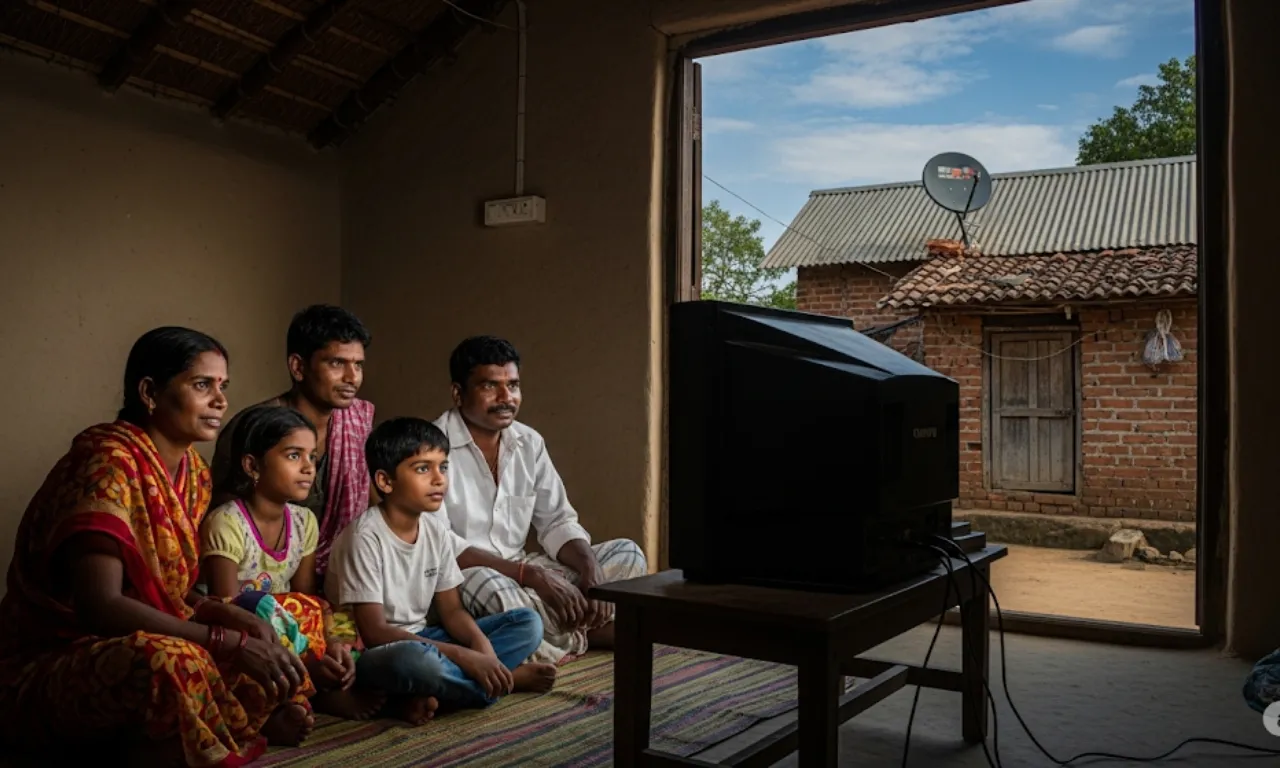- Government allocates Rs 450 crore under the Broadcasting Infrastructure and Network Development (BIND) scheme to improve media access in rural and tribal India.
- DD Free Dish expands from 104 to 510 channels, and 264 community radio stations enhance local broadcasting since 2019.
- Introduction of WAVES OTT platform and upgrades to broadcasting facilities aim to modernise and widen reach.
Broadcasting Infrastructure and Network Development (BIND) scheme is an important government scheme focused on improving media access and quality in India’s rural and tribal areas. With Rs 450 crore recently allocated, this scheme works to strengthen public broadcasting, closing the gap between urban and remote areas. Whether you’re in a far-off village or a tribal community, BIND aims to bring better television and radio services right to you. Useful keywords to know include broadcasting infrastructure and network development schemes, rural broadcasting, DD Free Dish, community radio, and WAVES OTT platform.
Understanding the Broadcasting Infrastructure and Network Development Scheme
BIND scheme, running from 2021 to 2026, focuses on improving broadcasting infrastructure to offer wider coverage and better quality in places that have had limited media access. It builds on public broadcaster Prasar Bharati’s efforts to create an inclusive media environment, especially in rural and tribal areas where connectivity and content availability have been challenges.
Also Read – SMILE Scheme Revised by Central Government for Dignified Rehabilitation of Beggars
Government’s Rs 450 Crore Investment in Rural and Tribal Broadcasting
Recently, the government announced Rs 450 crore to expand and improve broadcasting facilities under the BIND scheme. This funding is important for improving media reach, helping people in rural and tribal communities get TV and radio content reliably and affordably. With this budget, the scheme aims to strengthen local media infrastructure, making sure people living far away have equal access to information and entertainment.
Role of DD Free Dish in Expanding Television Access
A big success under the scheme is the impressive growth of DD Free Dish, a free Direct-to-Home (DTH) satellite service by Prasar Bharati. Back in 2019, the platform had 104 channels; now, it has grown to 510. This means millions of households in underserved areas can enjoy free access to many TV channels without paying subscription fees. This move helps reduce the digital divide and supports the government’s goal of fair media distribution.
Enhancing Local Engagement with Community Radio Stations
Community radio plays an important part in sharing local content and cultural connections. Since 2019, 264 community radio stations have been set up, allowing communities to broadcast in their local languages and share news, education programs, and cultural shows that matter to them. These stations help promote communication focused on the interests and concerns of local people, building social unity and awareness in rural and tribal areas.
Introducing WAVES OTT Platform for Digital-First Audiences
To connect with younger viewers and those who like digital content, the government launched the WAVES OTT platform in 2024. This new streaming service brings together content from Doordarshan and All India Radio, offering public service media on-demand anytime and anywhere. WAVES serves the digital-first generation by providing easy and quality programming that works alongside traditional broadcast channels, reaching audiences across platforms.
Upgrading Broadcasting Facilities for Better Quality
Besides expanding coverage, the BIND scheme also focuses on upgrading broadcasting infrastructure. This includes updating TV studios, transmission systems, and satellite services. These improvements boost signal strength and broadcast quality, so viewers and listeners get a better media experience no matter where they are.
Ensuring Service Access and Complaint Redressal in Remote Areas
Listening to community feedback, the government provides complaint redressal about broadcasting services through the Centralised Public Grievance Redress and Monitoring System (CPGRAMS). This platform helps people in remote places, including Satna in Madhya Pradesh, to report issues and get quick solutions, making service more reliable and improving customer satisfaction.

